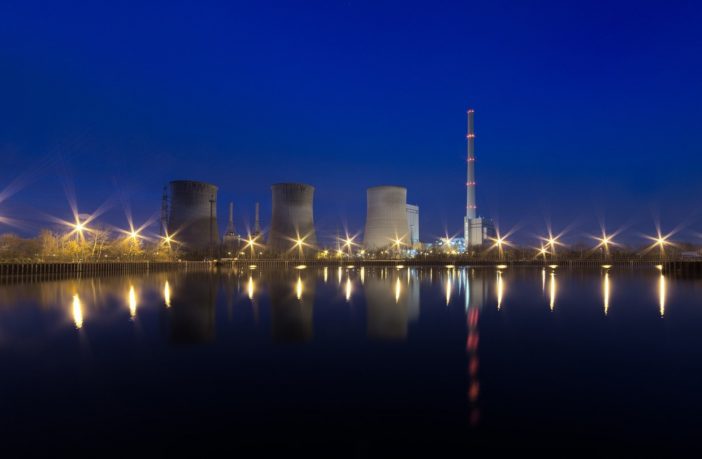- The exclusion of nuclear from low-carbon scenarios could cause the average cost of electricity to escalate dramatically – an MIT Energy Initiative study shows.
- New innovations in construction can make deployment of cost-effective nuclear power plants more affordable.
- Future projects should also incorporate reactor designs with inherent and passive safety features.
A new study notes that unless nuclear energy is meaningfully incorporated into the global mix of low-carbon energy technologies, the challenge of climate change will be much more difficult and costly to solve.
In “The Future of Nuclear Energy in a Carbon-Constrained World,” released by the MIT Energy Initiative, the authors state that the electricity sector in particular is a prime candidate for deep decarbonisation.
The research team underlined that global electricity consumption is on track to grow by 45% by 2040.
The team’s analysis shows that the exclusion of nuclear from low-carbon scenarios could cause the average cost of electricity to escalate dramatically.
“Our analysis demonstrates that realising nuclear energy’s potential is essential to achieving a deeply decarbonised energy future in many regions of the world,” said study co-chair Jacopo Buongiorno, the TEPCO Professor and associate department head of the Department of Nuclear Science and Engineering at MIT.
Professor Buongiorno added: “Incorporating new policy and business models, as well as innovations in construction that may make deployment of cost-effective nuclear power plants more affordable, could enable nuclear energy to help meet the growing global demand for energy generation while decreasing emissions to address climate change.”
Nuclear energy industry challenges
Robert Armstrong, director of MITEI and the Chevron Professor of Chemical Engineering, pointed out that understanding the opportunities and challenges facing the nuclear energy industry requires a comprehensive analysis of technical, commercial, and policy dimensions.
“Over the past two years, this team has examined each issue, and the resulting report contains guidance policymakers and industry leaders may find valuable as they evaluate options for the future,” stated Armstrong.
The report discusses recommendations for nuclear plant construction, current and future reactor technologies, business models and policies, and reactor safety regulation and licensing. Read more: Taking a closer look into the nuclear industry
The researchers found that changes in reactor construction are needed to usher in an era of safer, more cost-effective reactors, including proven construction management practices that can keep nuclear projects on time and on budget.
“A shift towards serial manufacturing of standardised plants, including more aggressive use of fabrication in factories and shipyards, can be a viable cost-reduction strategy in countries where the productivity of the traditional construction sector is low,” according to MIT visiting research scientist David Petti, study executive director and Laboratory Fellow at the Idaho National Laboratory.
“Future projects should also incorporate reactor designs with inherent and passive safety features,” said Petti.
The study suggests that safety features could include core materials with high chemical and physical stability and engineered safety systems that require limited or no emergency AC power and minimal external intervention.
John Parsons, study co-chair and senior lecturer at MIT’s Sloan School of Management, said: “The role of government will be critical if we are to take advantage of the economic opportunity and low-carbon potential that nuclear has to offer.
“If this future is to be realised, government officials must create new decarbonisation policies that put all low-carbon energy technologies (i.e. renewables, nuclear, fossil fuels with carbon capture) on an equal footing, while also exploring options that spur private investment in nuclear advancement.”
Author: Babalwa Bungane
This article was originally published on ESI Africa and is republished with permission with minor editorial changes. Link to original











